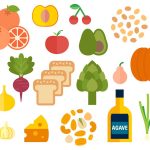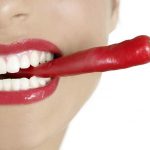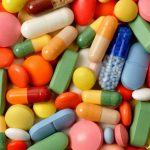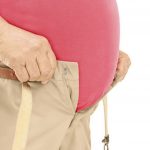Before the 20th century, diverticular disease, or a disease of the digestive tract, was considered a rare condition. But with the turn of the century, the numbers have risen, and it is now one of the most common health issues of Western civilization. Diverticulitis, an inflammation or infection of the diverticula pouches on the intestine walls, is the most severe type of diverticular disease that has uncomfortable effects on the body that, if left untreated, pose the threat of turning into long-term health complications.
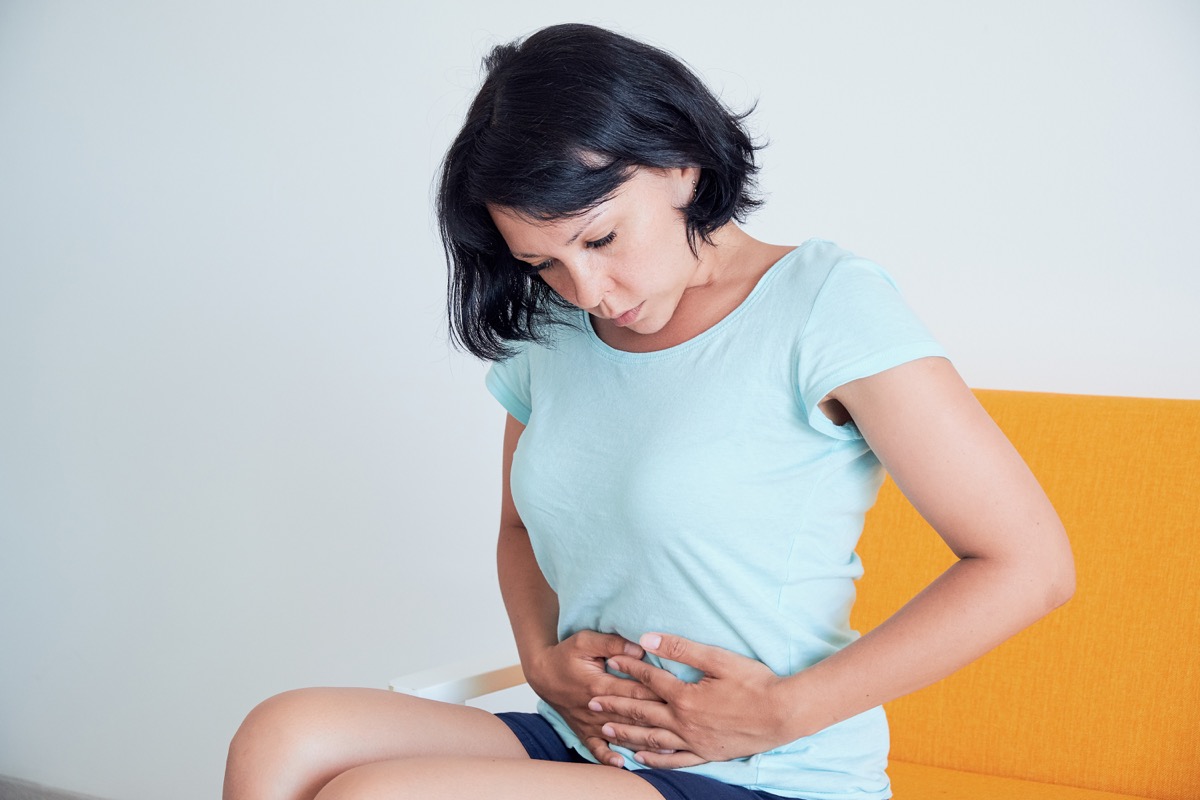
There are currently few ways to treat diverticulitis to reduce the pain caused by the condition. However, the symptoms—pain in the abdomen, diarrhea, constipation, nausea, bloody rectum or stool, and bloating—can be lessened if you understand what to eat and what not to eat during a flare up of diverticulitis.
Keep in mind that as your condition improves, your doctor will tell you to add more fibrous foods to your diet. Until the pain and other symptoms subside, you should stick to a low fiber, mainly liquid diet.
More from Things Health
-
6 Things to Know About a Low FODMAP Diet
If you or someone you know suffers from Irritable Bowel Syndrome (IBS), you are likely familiar with the digestion problems that come with it including…
-
10 Effective Ways to Prevent and Cure Heartburn
Funnily enough, heartburn doesn’t have much to do with your heart. Heartburn occurs due to the release of stomach acid (also referred to as regurgitated…
-
Vitamin Deficiencies And Hair Loss
Now this is a typical question that's typically asked by people who're searching for a few simple and cheap ways to eventually put a finish…
-
Heart Disease And Obesity
Binge eating is regarded an eating disorder whenever you cannot stop yourself from eating a lot of food very quickly, even whenever you are not…
-
9 Tips for Dealing with Irritable Bowel Syndrome (IBS)
IBS is an inflammatory disease that is associated with abdominal pain but also other symptoms such as constipation and/or diarrhea. If you suffer from Irritable…


